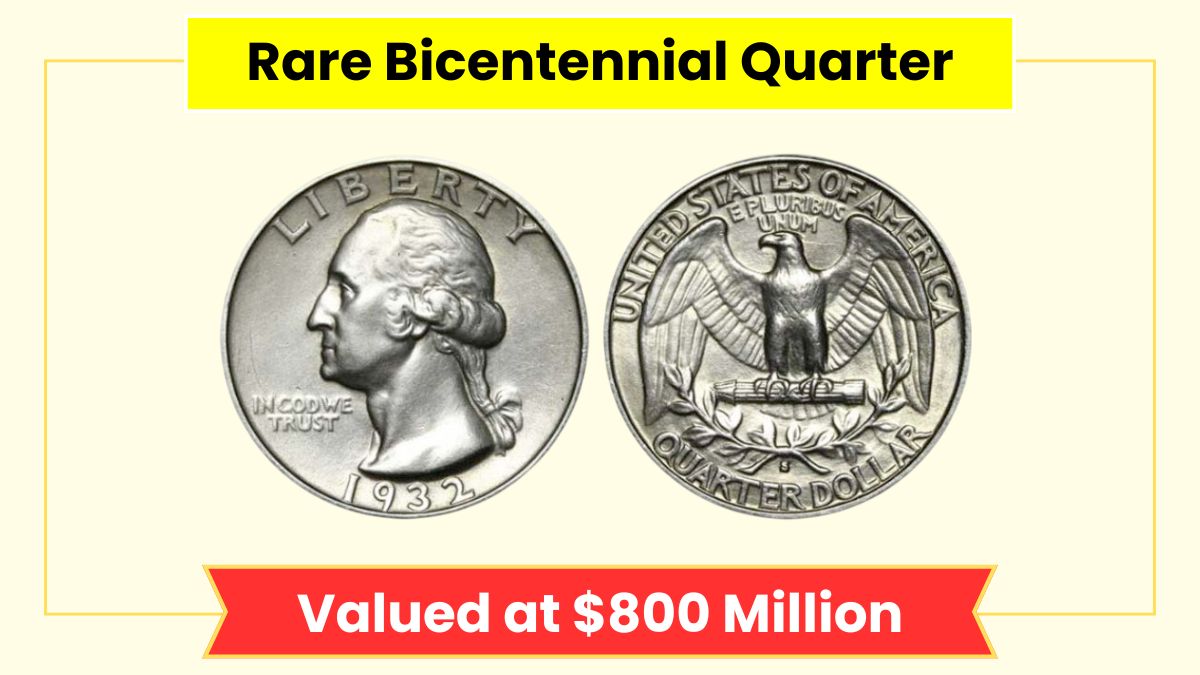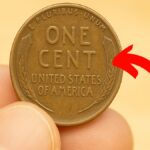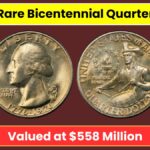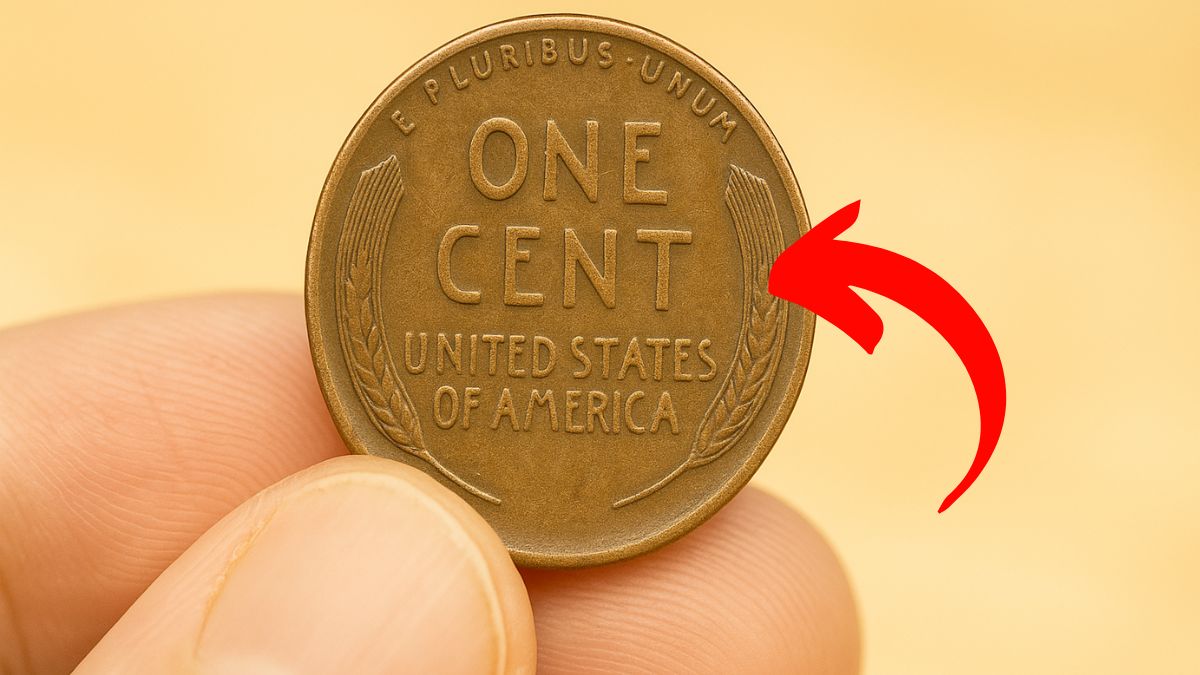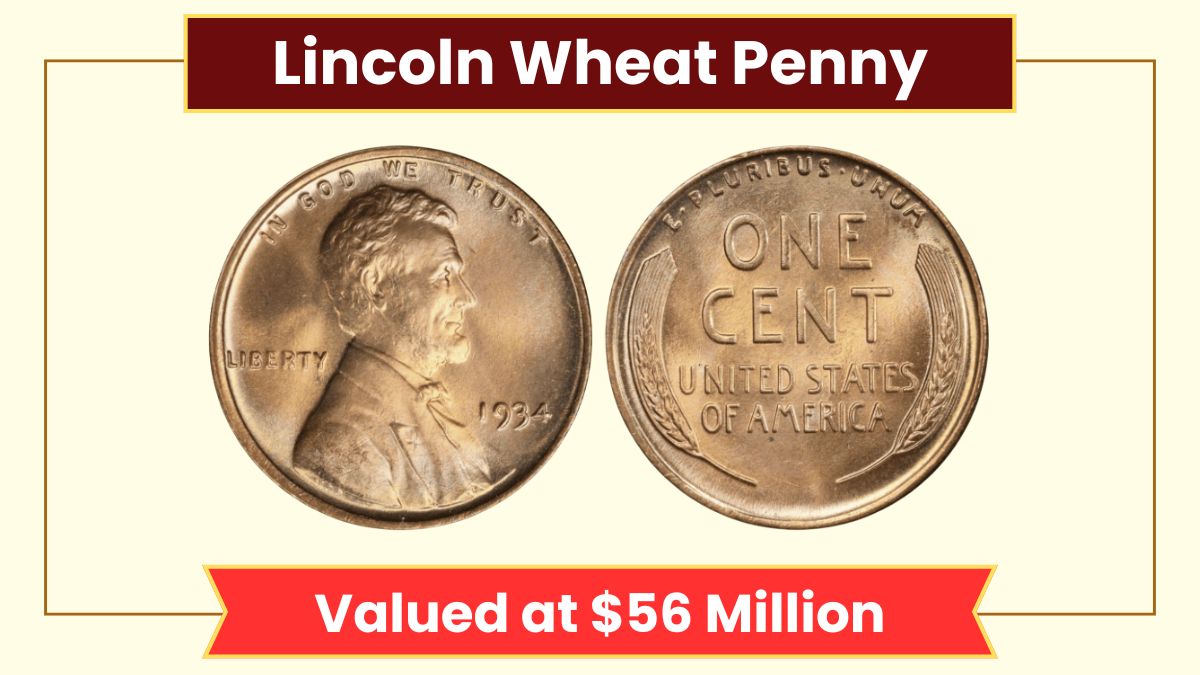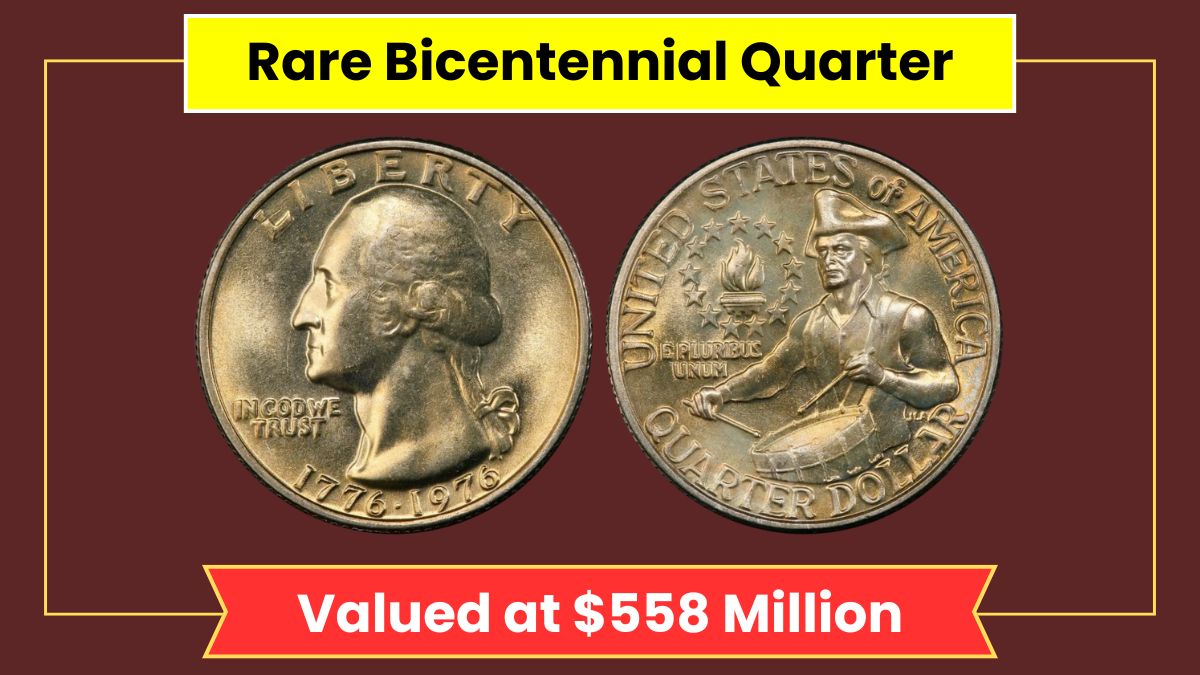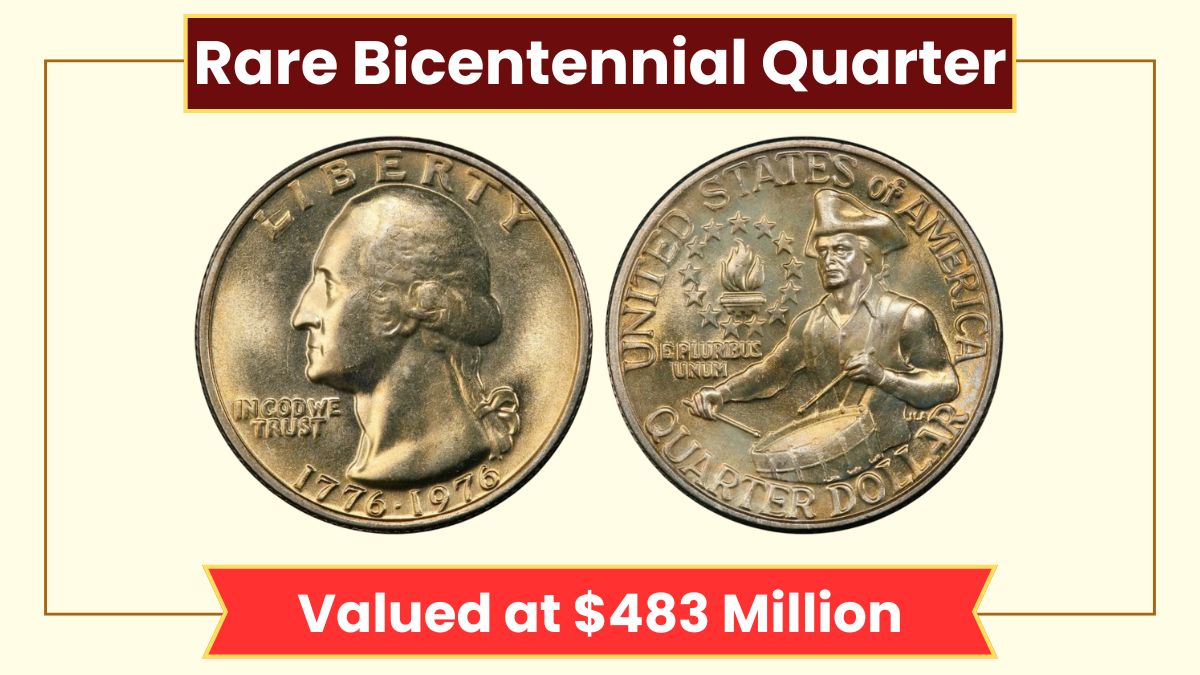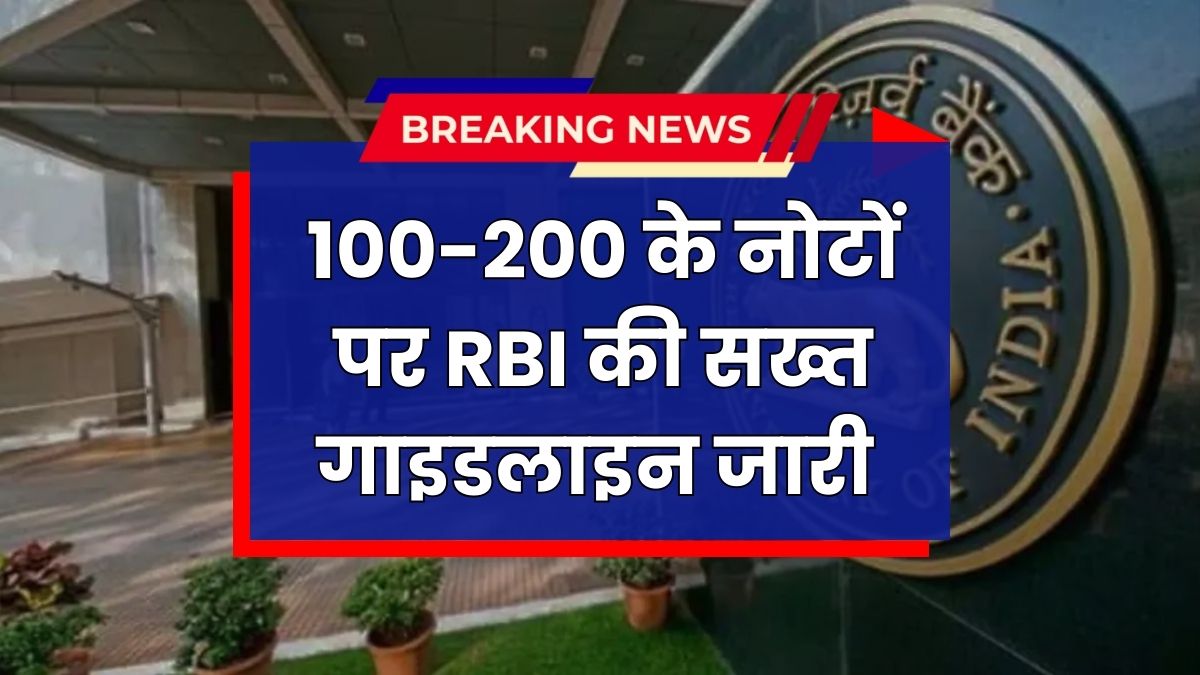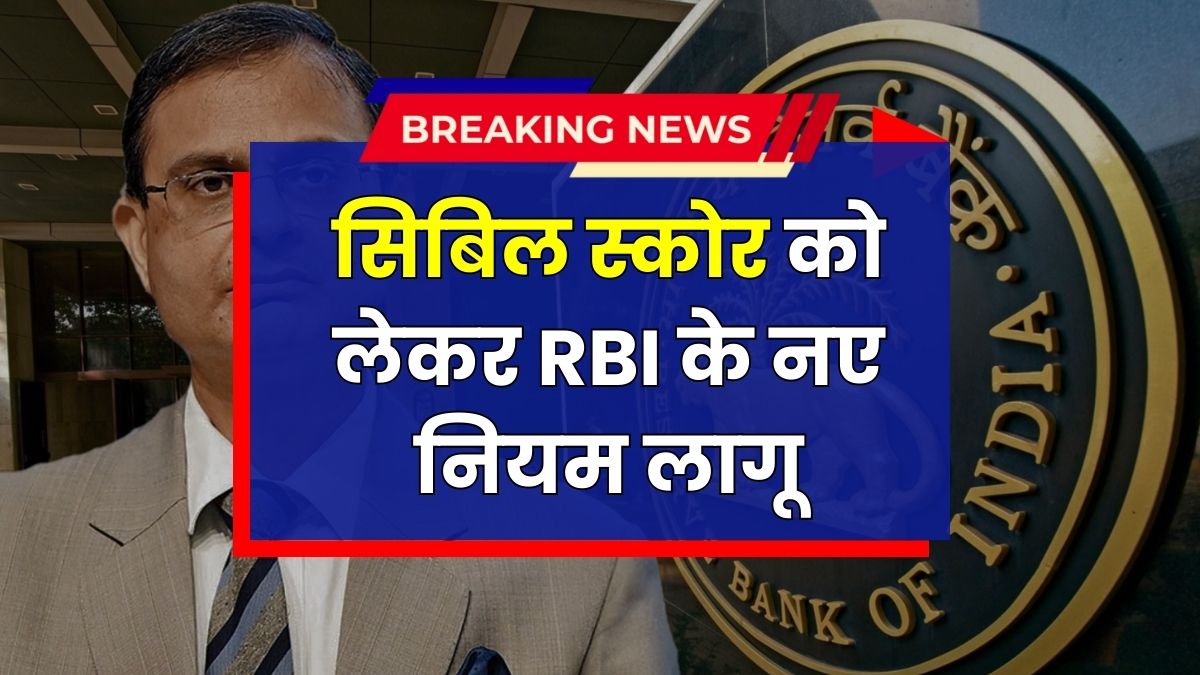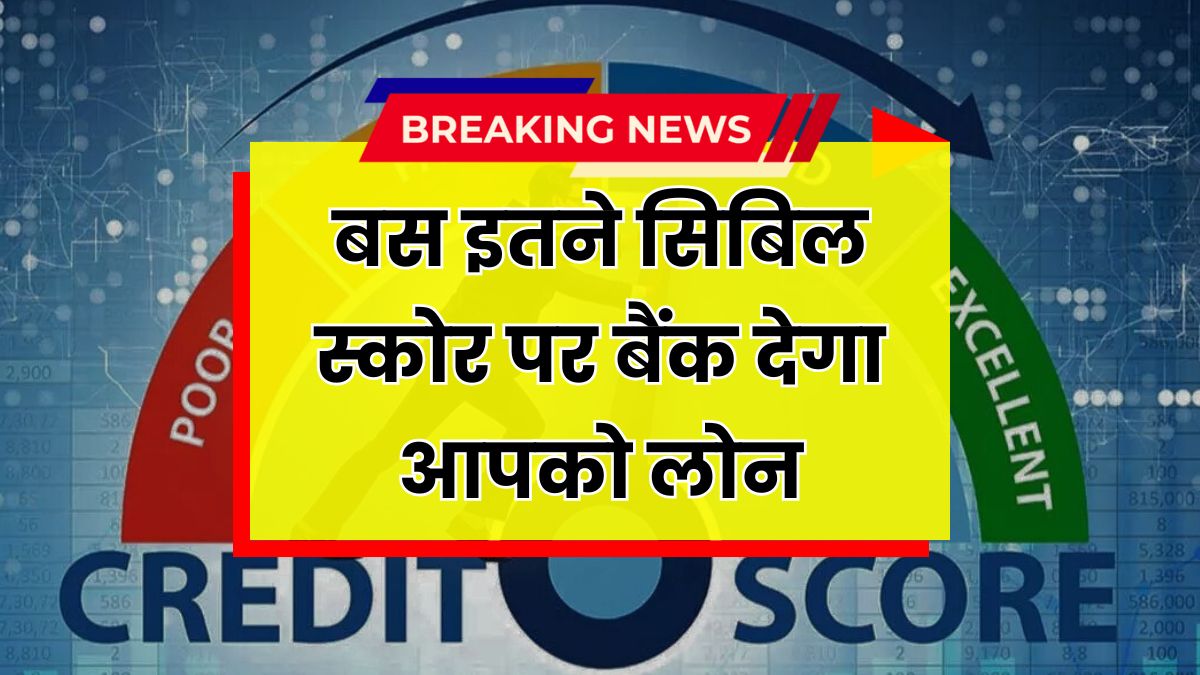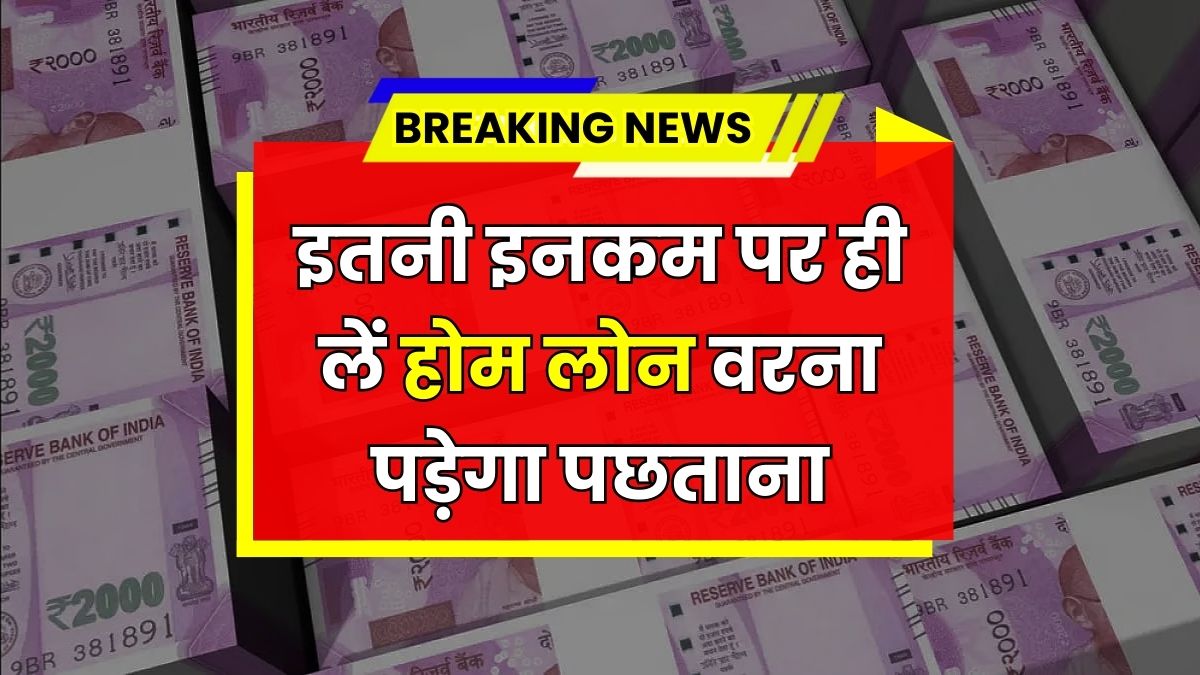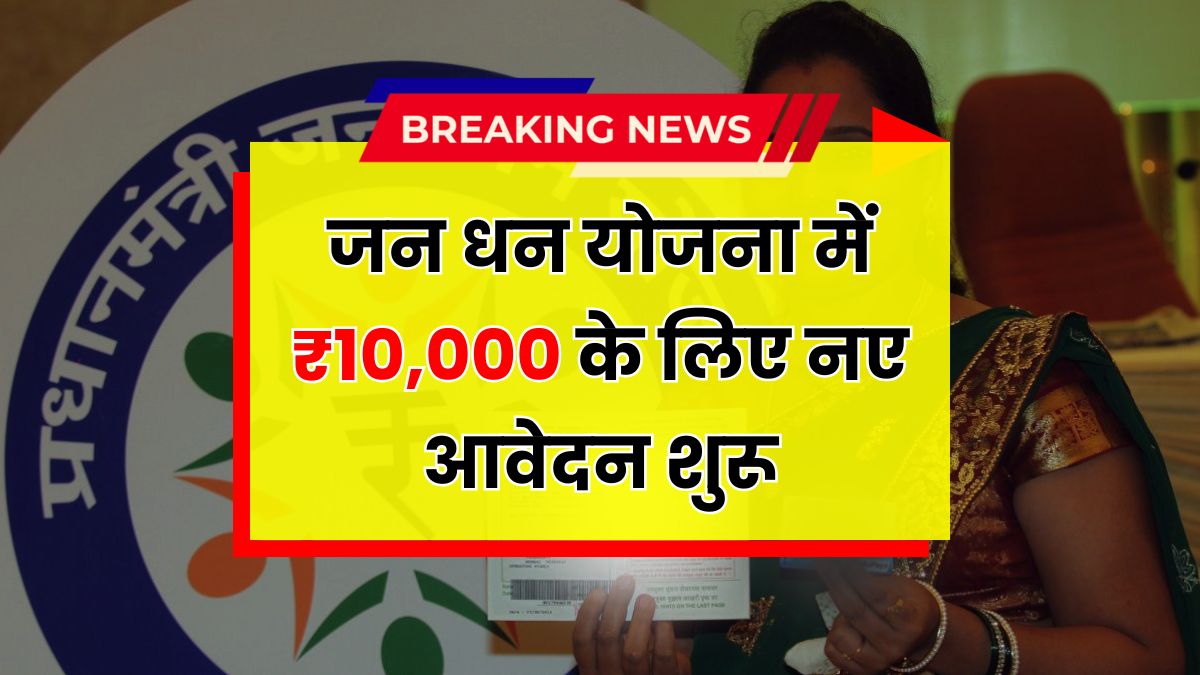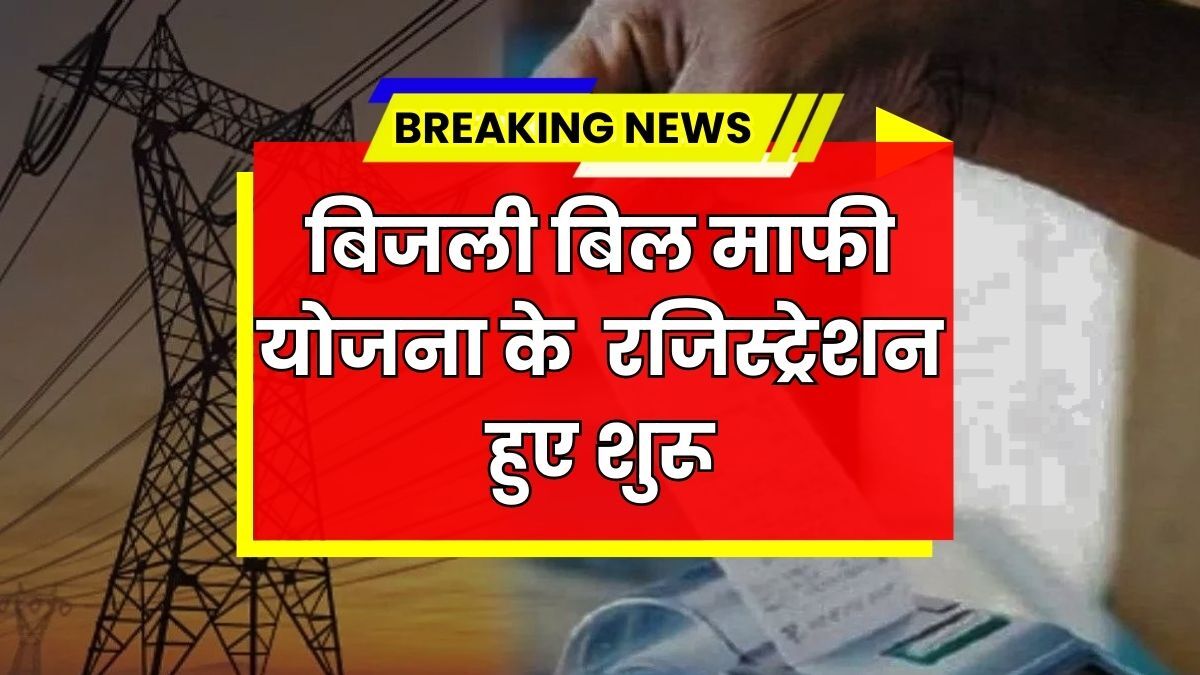It sounds too incredible to be true—a Bicentennial Quarter, originally worth just 25 cents, is rumored to be valued at a jaw-dropping $800 million. While this figure might seem far-fetched, the story behind certain rare quarters has sparked huge interest among coin collectors and casual readers alike. Could such a coin exist? And if so, is it possible that it’s still out there, unnoticed in someone’s change jar?
What Is the Bicentennial Quarter?
The Bicentennial Quarter was introduced in 1976 to celebrate 200 years of American independence. Unlike the regular Washington quarters, which display an eagle on the back, the Bicentennial version features a Colonial drummer boy along with a torch and 13 stars—one for each original colony. The front of the coin shows George Washington, but the date reads “1776–1976.”
These quarters were minted in massive numbers and circulated widely, making most of them very common. However, a few special versions are considered rare and highly valuable.
Why Is One Bicentennial Quarter Said to Be Worth $800 Million?
The $800 million price tag is likely an exaggeration fueled by online speculation and social media rumors. No quarter has officially sold for anything close to that amount. However, the number draws attention to the fact that certain rare coins—especially those with minting errors, special compositions, or historical significance—can be worth thousands to millions of dollars.
Here are some of the key factors that could make a Bicentennial Quarter extremely valuable:
- Minting Errors: Coins that were misprinted or struck incorrectly are extremely rare and can attract huge bids from collectors.
- Silver Composition: A limited number of quarters were made using 40% silver and sold as part of special collector sets.
- Proof Coins: High-quality coins made specifically for collectors, especially if kept in perfect condition, can be worth much more.
- One-of-a-Kind Find: If a never-before-seen error or special variety was discovered, the price could skyrocket in private auctions.
Still, $800 million remains an unproven figure and likely represents a theoretical maximum rather than a real market value.
Could a Rare Bicentennial Quarter Still Be in Circulation?
Surprisingly, yes. Many people don’t examine their change closely, and rare coins have been discovered in everyday circulation before. It’s possible that a valuable Bicentennial Quarter is hiding in someone’s piggy bank, old coin jar, or even in a cashier’s till right now.
How to Identify a Valuable Bicentennial Quarter
If you’re curious about whether your 1976 quarter might be rare, here’s what to check:
- Check the Date: It should read “1776–1976”.
- Design: The back should feature a Colonial drummer boy with a ring of 13 stars.
- Look for a Silver Edge: A solid silver edge (instead of one with a copper stripe) might indicate a 40% silver version.
- Search for Errors: Double dies, off-center strikes, or unusual textures can increase a coin’s value.
- Condition Matters: A quarter in mint state (MS-65 or higher) will be worth more than one that’s scratched or worn.
If you find anything unusual, get it checked by a professional coin grading service like PCGS or NGC.
What to Do If You Think You Found One
- Don’t clean the coin—this can damage its surface and lower its value.
- Store it carefully in a soft pouch or plastic holder.
- Seek expert advice from a reputable coin dealer or appraisal service.
- Research similar coins and auction records to get an idea of current market value.
Conclusion: A Treasure in Your Pocket?
While the $800 million Bicentennial Quarter may be more legend than fact, there are certainly rare coins out there worth small fortunes. The world of coin collecting is full of surprises, and history shows that valuable coins often turn up in the most unexpected places. So the next time you receive a 1976 quarter, take a moment to inspect it—you might just be holding a piece of American history that’s far more valuable than you ever imagined.
Disclaimer: The value of coins mentioned in this article is based on market trends and collector interest, and is not guaranteed. Always consult a professional appraiser for accurate valuation.
